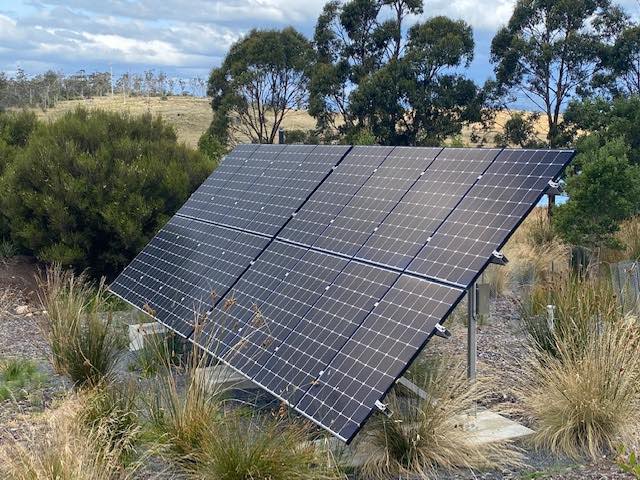An update of the American Energy Information Agency (EIA)’s Annual Energy Outlook has found that the share of renewable energy in the country’s energy mix will more than double by 2050, while controversially predicting flat trends for both coal and gas despite the incoming Biden administration’s plan for widespread and rapid grid decarbonisation.
The report factors in the impacts of Covid-19, finding that a return to 2019 levels of consumption will take several years, but that those projections rely heavily on hard-to-predict variations in economic growth. However, it predicts a longer-term trend of renewable energy comprising nearly 60% of capacity additions from 2020 to 2050, resulting in a rising trend for renewable energy as fossil fuels remain static. The cost of fossil gas heavily influences the deployment of renewable energy in the EIA’s various scenarios:
The EIA’s optimistic forecasts for fossil fuels has already come under scrutiny; the agency has historically over-forecast the output of coal in particular and it seems likely that this trend will continue. In fact, a release only a week ago predicts that the proportion of new capacity will be mostly from renewable energy, at an amount far greater than predicted in this report.
The new 2021 @EIAgov Annual Energy Outlook projects that US coal will remain relatively close to today's levels through 2050.
I sincerely doubt that will be the case, given their past track record on the subject. pic.twitter.com/XOf9zMlkj2
— Zeke Hausfather (@hausfath) February 3, 2021
The organisation has consistently under-forecast solar growth, too. US energy expert Ramez Naan wrote, in 2020:
“In 2010, the EIA believed that solar would have a learning rate of 15% for three doublings of scale, which would then decline to 8%. In 2015, EIA believed that solar’s learning rate was now 10%.
“In 2020, facing the the long history of price declines, EIA raised its assessment: Solar would drop 20% in price in the next doubling, and then the learning rate would drop to 10% forever more. Clearly, all of these numbers are well below the 30-40% learning rate observed over this decade.”
The model used by the EIA doesn’t incorporate proposed or even likely policy changes, and assumes that coal retirements cease entirely after 2025; something heavily criticised by energy industry experts.
Odd how the the coal retirements just abruptly stop after 2025, right? https://t.co/Ly8mY9Q3RM pic.twitter.com/4hZLuUUugz
— Brendan Pierpont (@brendanpierpont) February 3, 2021
Apparently #AEO2021 doesn't incorporate GM, Ford, Hyundai/Kia, BMW, Mercedes, Volkswagen, or any other car manufacturers' plans to switch to EVs… https://t.co/heSJvngTkh pic.twitter.com/vqAkpXgPlD
— Kevin Lucas (@EnergyWonk) February 3, 2021
The newly elected Biden administration intends to target a zero-emissions grid by 2035, which would entail the retirement of all coal-fired power stations and the vast majority of fossil gas power stations, save for those that can be retrofitted with carbon capture. The government also has a net-zero by 2050 target and is likely to submit an updated 2030 NDC in coming months.
This contrasts with the EIA’s economy-wide emissions forecasts, which predict the country will remain at current emissions levels.
 While these pessimistic forecasts include a high level of renewable energy growth, it is probable that they will continue to be disproved, particularly in the next decade. A range of new reports focus on the challenge of decarbonising America’s electricity grids and electrifying homes and transport as primary steps, and it is likely that the administration will move quickly to try to implement policy.
While these pessimistic forecasts include a high level of renewable energy growth, it is probable that they will continue to be disproved, particularly in the next decade. A range of new reports focus on the challenge of decarbonising America’s electricity grids and electrifying homes and transport as primary steps, and it is likely that the administration will move quickly to try to implement policy.











